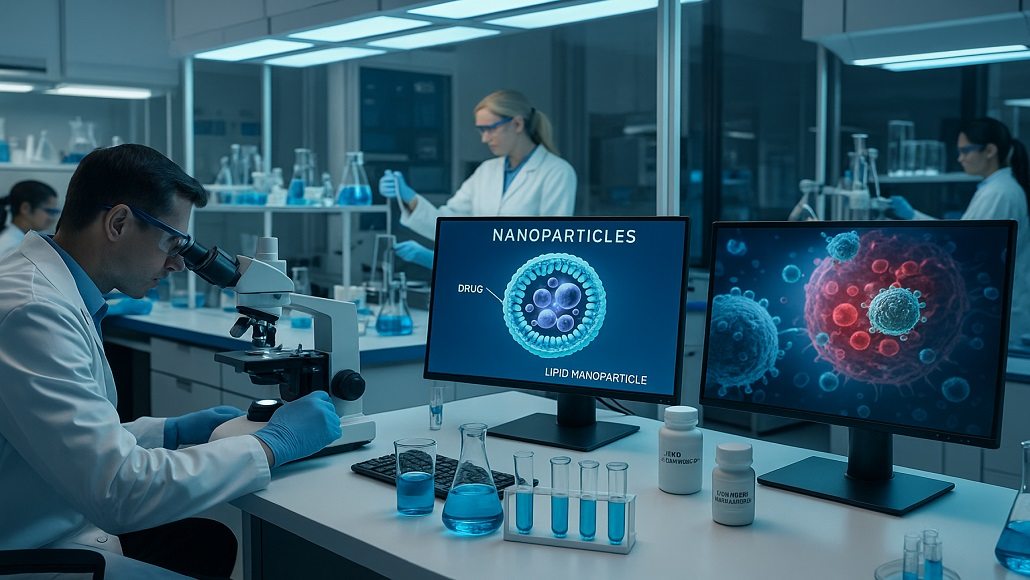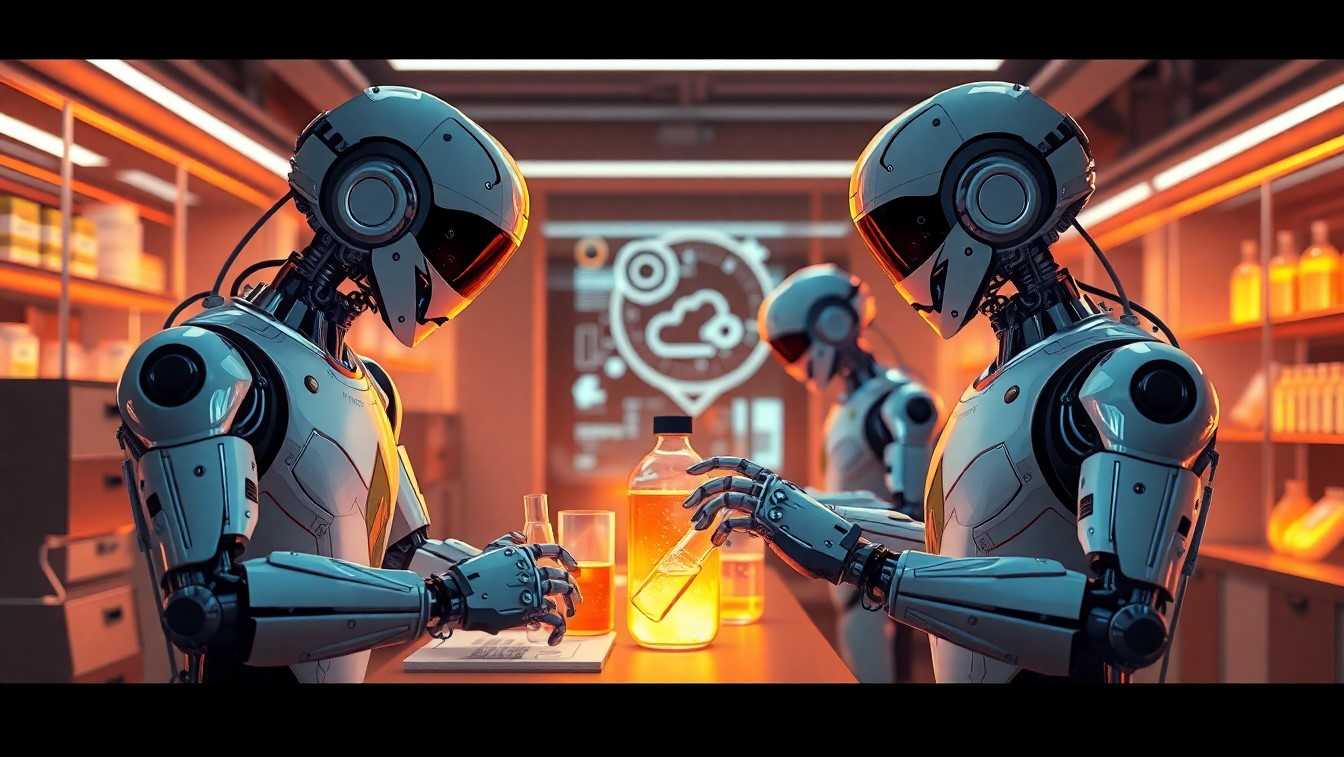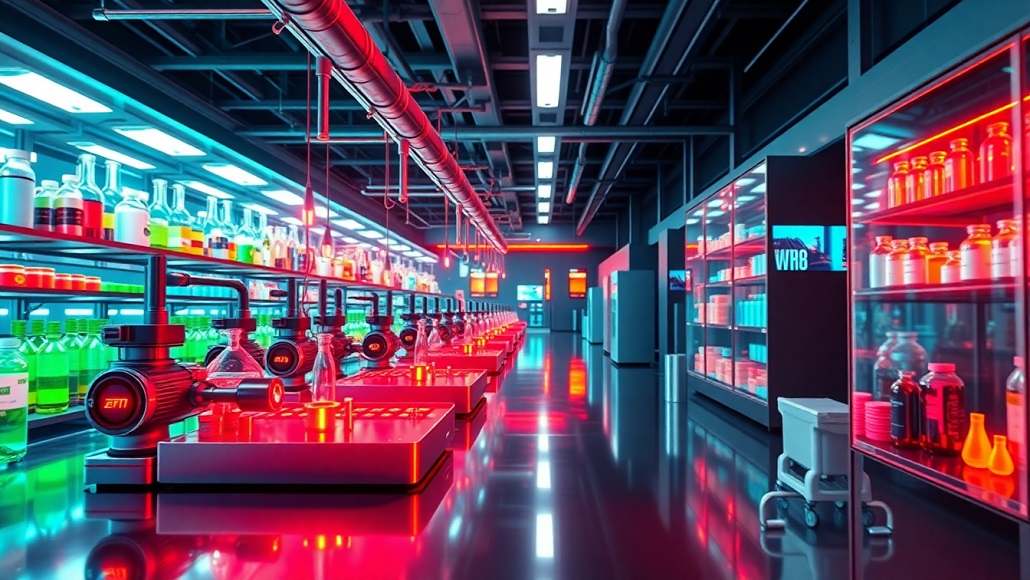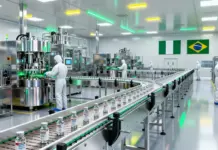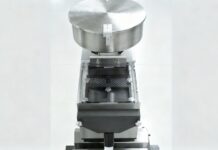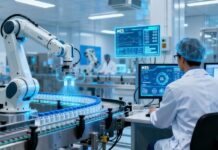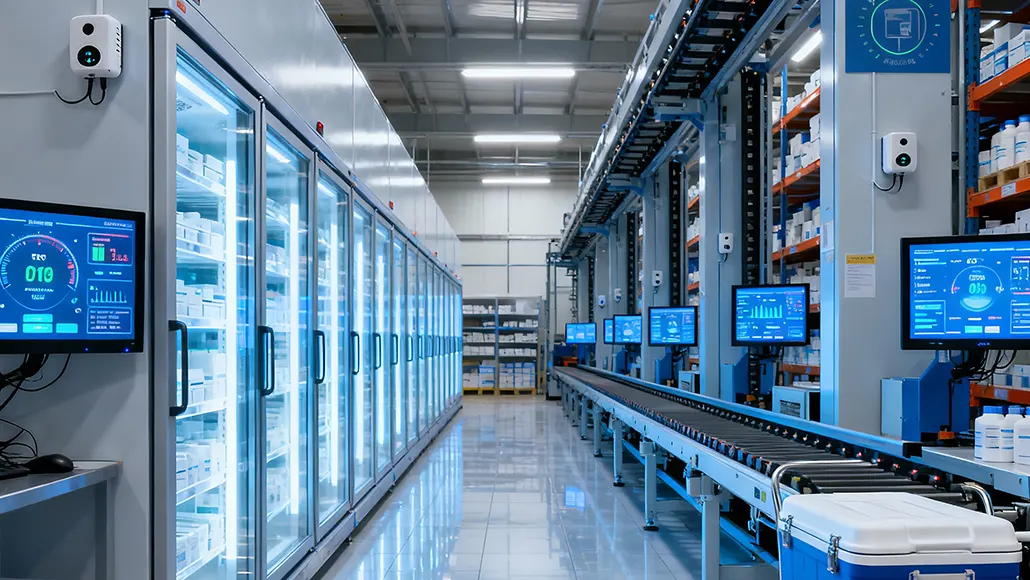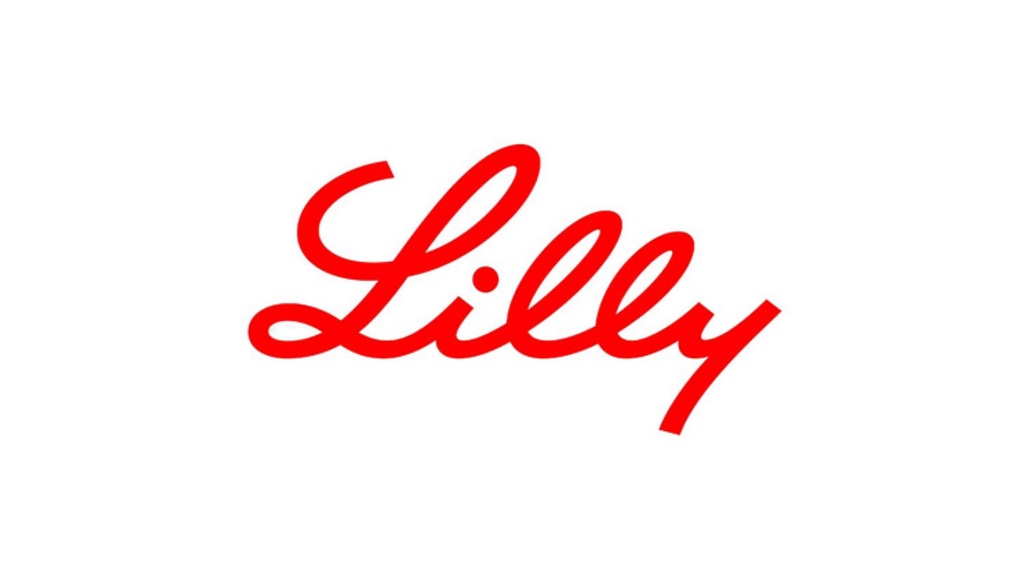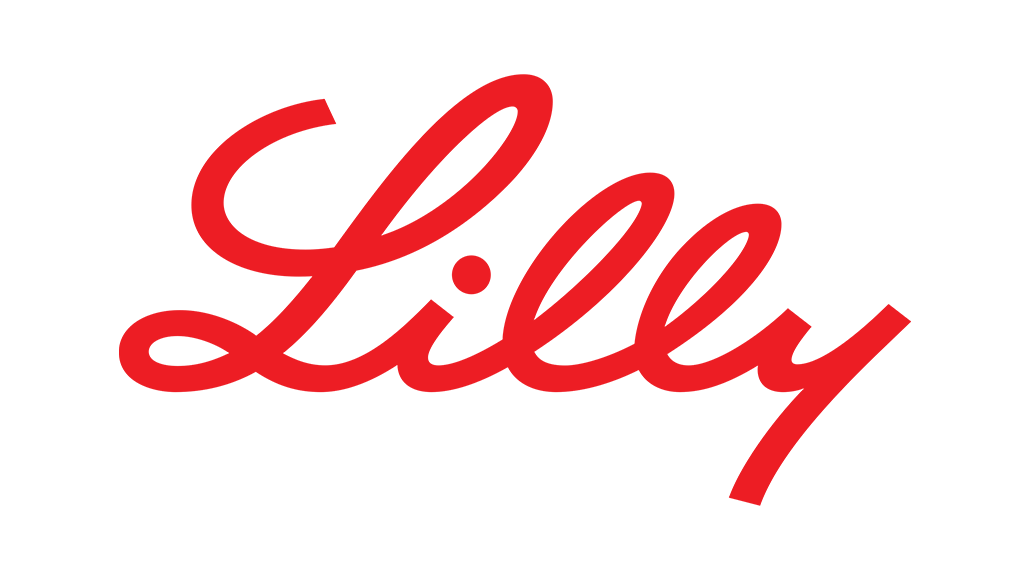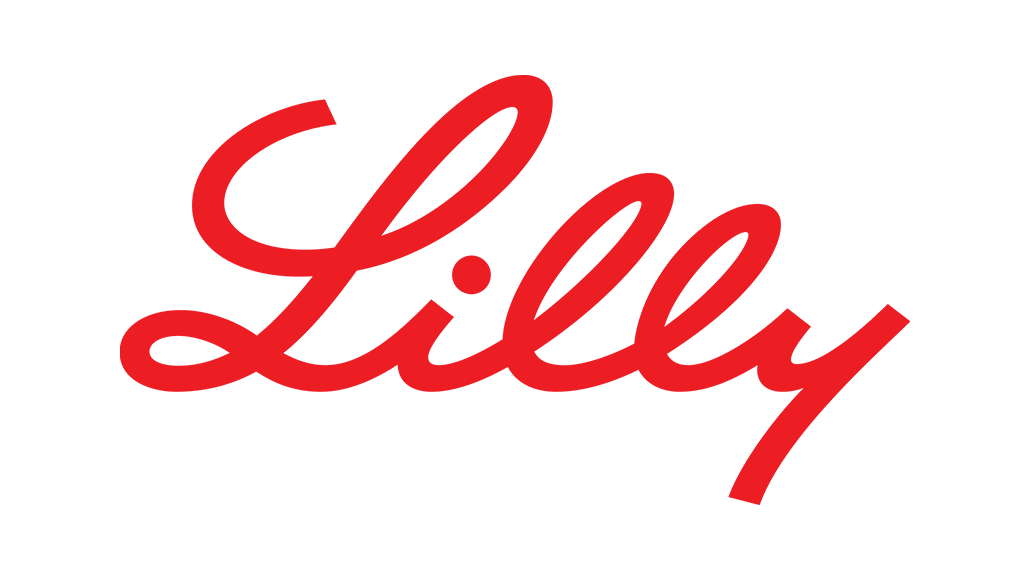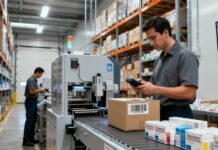The pharmaceutical sector is going through a digital transformation, which is reshaping its manufacturing spectrum. As the demand when it comes to high-quality medicines continues to rise, the requirement in terms of efficient, dependable, and transparent production processes has become immensely critical. Digitally driven pharma plants, which are equipped with real-time tracking systems as well as predictive maintenance technologies, are indeed emerging as the backbone of this kind of transformation. These advanced facilities happen to integrate cutting-edge technologies, which include artificial intelligence, the Internet of Things, as well as advanced analytics, in order to revolutionize the manufacturing of pharmaceutical products. Right from making sure of consistent quality to minimizing the downtime, from real-time tracking to predictive maintenance, all happen to offer unparalleled advantages in terms of attaining operational excellence. Let us explore the critical role of these advancements within the digitally driven pharma plants along with their effects on the future of pharmaceutical manufacturing.
Understanding the real-time tracking in pharma plants
Real-time tracking happens to form the cornerstone of digitally advanced pharma setups. By way of leveraging IoT-enabled sensors as well as interconnected devices, these plants can consistently track crucial parameters like pressure, temperature, humidity, and also flow rates. This constant flow of data makes sure that the pharmaceutical manufacturing process remains within specified limits, thereby decreasing the variability and also elevating the product quality.
Role that IoT sensors play in real-time tracking
It is well to be noted that the IoT sensors are strategically placed throughout the production line so as to capture data on various operational parameters. These sensors happen to transmit data in real time to centralized control systems, thereby helping the operators to track processes remotely and also make informed decisions promptly on the basis of that.
For instance, when it comes to the production of biopharmaceuticals like monoclonal antibodies, maintaining the exact temperature as well as pH level during the cell culture is very crucial. IoT sensors offer real-time feedback on such parameters, thereby allowing the operators to make alterations as required in order to optimize the cell growth as well as protein expression.
Advantages when it comes to real-time monitoring
The execution of real-time monitoring systems provides numerous advantages, which include
Elevated quality control – By way of offering image feedback on process deviations, real-time tracking systems help timely corrective measures in order to make sure of consistent product quality.
Functional efficiency – Consistent monitoring leads to minimizing stoppages as well as ensuring smooth production runs, thereby leading to effective resource utilization.
Regulatory compliance – Real-time data collection happens to support compliance with regulatory needs of maintaining overall records in terms of important process parameters.
Predictive maintenance when it comes to digitally driven pharma plants
It is worth noting that predictive maintenance happens to be yet another transformative element of digitally advanced pharma plants. Unlike the old maintenance techniques, which happen to depend on scheduled or reactive approaches, predictive maintenance makes use of data analytics in order to anticipate failures in equipment much before they take place. By way of evaluating data from sensors as well as historical records, predictive maintenance systems happen to identify various anomalies as well as patterns that indicate potential challenges. This enables the maintenance teams to go ahead and address challenges in a proactive way, thereby preventing any kind of unplanned downtime. And hence, reducing the cost of repair.
Advanced analytics along with machine learning in predictive maintenance
The integration when it comes to machine learning algorithms within predictive maintenance systems has gone on to further enhance its effectiveness. These algorithms evaluate massive amounts of data in order to detect new changes in equipment performance that may as well go unnoticed by way of traditional methods. For example, when we talk of pharmaceutical manufacturing, rotary tablet presses happen to be critical pieces of equipment that function under huge amounts of stress. Predictive maintenance systems can evaluate vibration data coming from these presses in order to detect any early sign of wear and tear, thereby helping timely interventions that can prevent failures of a catastrophic nature.
Integration when it comes to real-time tracking as well as predictive maintenance
Although real-time tracking as well as predictive maintenance are two powerful tools individually, their integration happens to create a total framework for smart manufacturing. By combining real-time data along with advanced analytics, digitally driven pharma plants can attain unmatched levels of effectiveness, efficiency, and dependability. For instance, real-time monitoring systems can offer consistent data when it comes to equipment performance, while the predictive maintenance algorithms can evaluate this data in order to forecast any future potential failures. This kind of integration helps the pharmaceutical manufacturers to schedule their maintenance activities during certain unplanned downtime, thereby minimizing the disruptions within the production schedules.
The effect when it comes to regulatory compliance
The integration of real-time tracking as well as predictive maintenance goes on to support regulatory compliance by making sure that the manufacturing processes are consistently tracked and documented. Regulatory agencies like EMA as well as FDA need pharmaceutical manufacturers to maintain stringent controls when it comes to process parameters, and digitally driven plants that are equipped with these technologies are very well positioned in order to meet these kinds of stringent requirements.
Visualization: Interplay Between Real-Time Monitoring and Predictive Maintenance
| Element | Real-Time Monitoring | Predictive Maintenance | Synergistic Impact |
| Data Collection | Continuous tracking of process parameters | Analysis of historical and real-time equipment data | Enables proactive and informed decision-making |
| Fault Detection | Immediate identification of process deviations | Early identification of potential equipment failures | Reduces downtime and prevents quality issues |
| Regulatory Compliance | Documentation of process consistency | Maintenance of equipment reliability | Ensures adherence to regulatory quality standards |
Challenges along with opportunities
Although the benefits when it comes to digitally driven pharma plants are clear, executing these systems is not without hurdles. The initial investment that is required in IT infrastructure, advanced analytics platforms, as well as training can be pretty significant. Integrating the systems within the existing facilities often needs overcoming the issues in terms of compatibility with legacy equipment. But the long-term advantages far outweigh these hurdles. The decrease in downtime, enhanced product quality, and elevated regulatory compliance result in adequate cost savings as well as a competitive edge. Besides this, as the pharmaceutical sector consistently continues to take into account digital transformation, these kinds of technologies will become increasingly accessible and also affordable with time.
Sustainability when it comes to digitally driven pharma plants
When we talk about something that is beyond operational efficiency, digitally driven pharma plants happen to contribute to sustainability by way of optimizing resource utilization and also decreasing waste. Real-time tracking systems make sure that the processes function within the specified limits, thereby minimizing any kind of consumption of raw materials and energy. Predictive maintenance happens to prevent equipment failures, which could very well lead to resource-intensive repairs or reprocessing.
The future in terms of digital transformation within pharmaceutical manufacturing
The adoption of real-time tracking as well as predictive maintenance is just the start of a broader perspective within the digital transformation of pharmaceutical manufacturing. Emerging technologies such as blockchain, digital twins, and AI-driven process optimization are all set to revolutionize the industry further.
For example, digital twins enable the manufacturers to craft virtual replicas of production processes, thereby helping them to test scenarios and also optimize functions before implementing actual changes. Blockchain technology offers a transparent as well as tamper-proof record of data, thereby enhancing the security as well as traceability within the supply chains.
In the end
It is well to be noted that digitally driven pharma plants, which are equipped with real-time monitoring and also predictive maintenance technologies, happen to represent the future of pharmaceutical manufacturing. By way of making sure of consistent quality, less downtime, and also enhanced regulatory compliance, these kinds of advancements are indeed transforming how medicines are perceived, produced, and even delivered to patients. While the execution when it comes to these technologies needs immense investments and planning, the advantages they offer when it comes to efficiency, dependability, and sustainability make them an unmatched part of modern pharmaceutical manufacturing. As the sector continues to take into account the digital transformation, the integration of these systems is going to play a very critical role when it comes to meeting the rising demand for high-quality medicines while at the same time addressing the issues pertaining to a landscape that is ever-changing across the globe.





